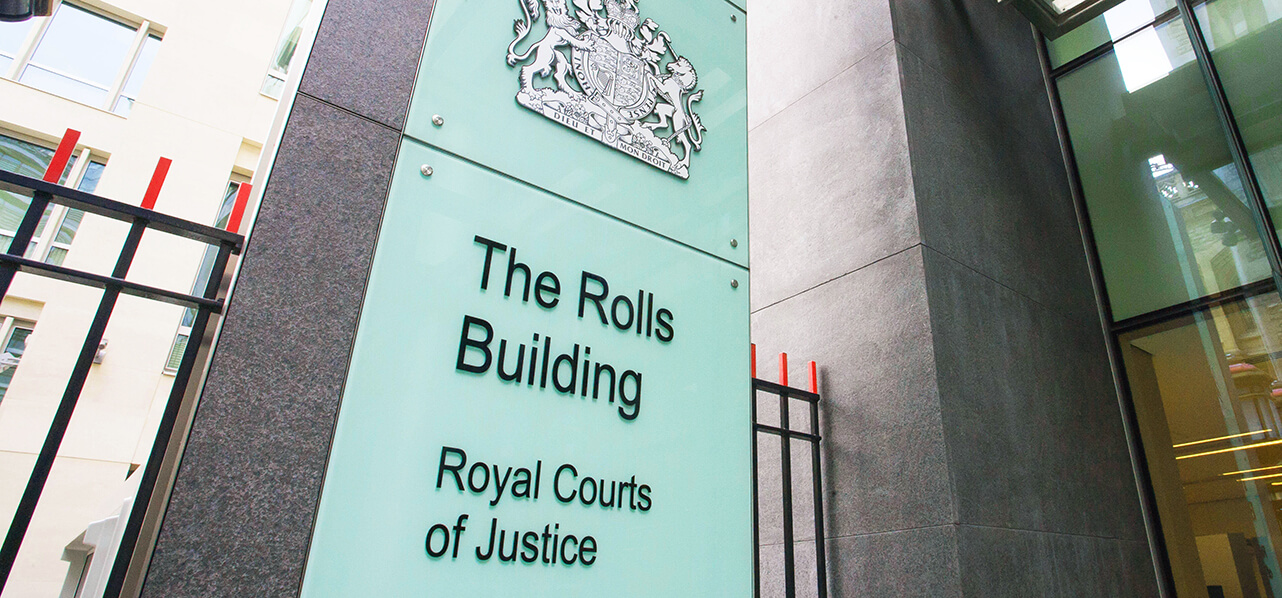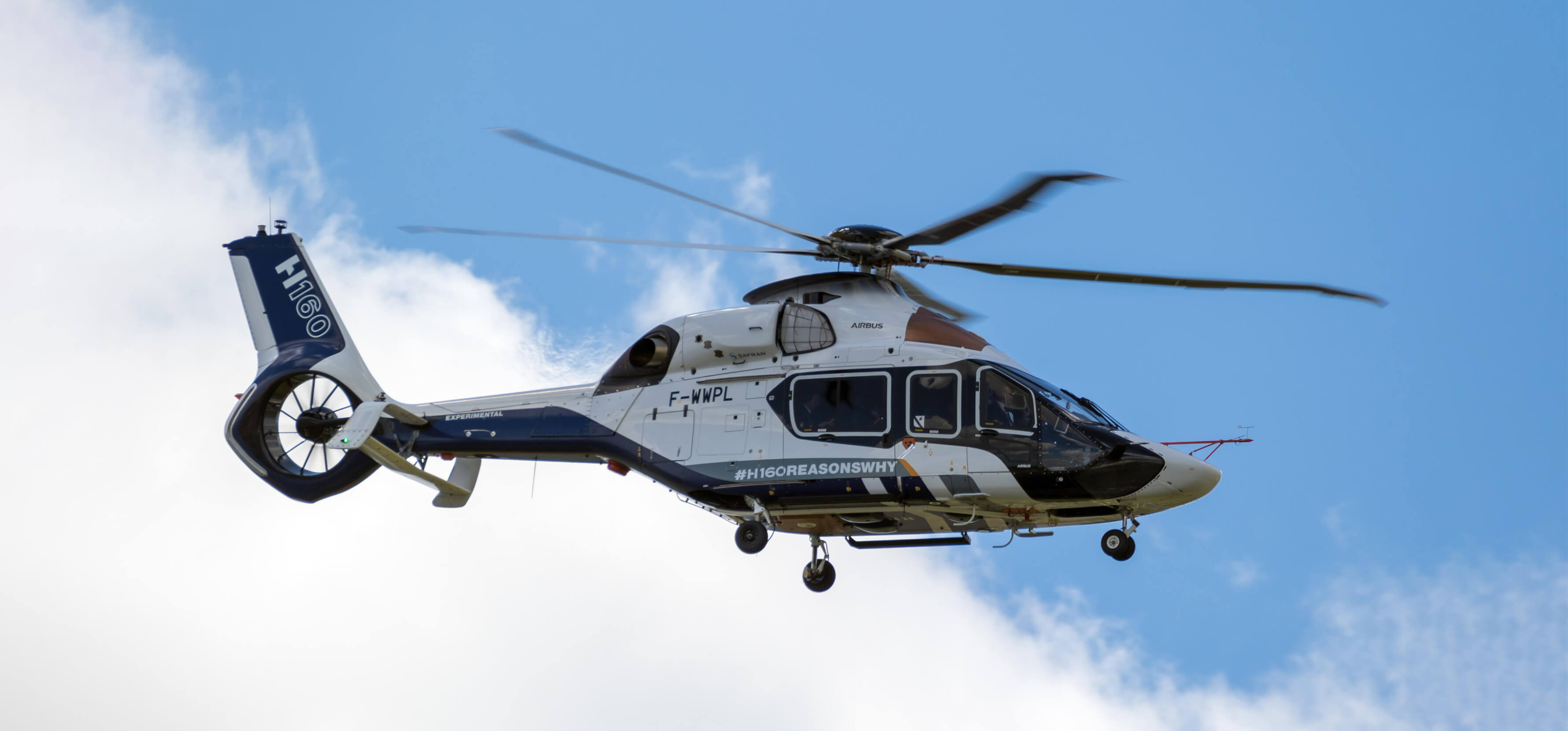Why should skies remain open?
Why does it matter whether there is a post-Brexit deal for the aviation industry?
Two reasons stand out:
- With no deal, the UK will leave the EU’s single aviation market, traffic rights will be reduced, inhibiting transport between the UK and the EU, and between the UK and certain third countries, including the UK and certain third countries, including the USA.
- Inhibiting transport to and from the UK will significantly affect wider economic activity beyond the aviation industry, in the UK and the EU.
Each industry will have its own reason to seek a special post-Brexit deal. Aviation’s case is founded on its direct contribution to the economy and indirect contribution to so much economic activity in other industries. The UK and EU should therefore agree an ambitious open skies deal, which ideally maintains the status quo.
The UK Government, however, has a lot to negotiate in the next two years and a new open skies treaty with the EU may not have priority. But it should.
This briefing explains why it should, and how such a deal can be consistent with the UK and the EU’s objectives, as currently understood at the time of writing (29 March 2017).
Aviation industry expert panelists at the recent ACI Economics & Finance conference in London (1) all agreed the importance of open skies to the industry, and therefore the importance of a good deal.
Two years until the end of open skies
Now the UK has formally given notice of its intention to withdraw from the EU (2), the two sides have two years to negotiate the UK’s withdrawal from the EU, taking into account – as the Treaty on European Union (the “TEU”) requires – the framework for the UK’s future relationship with the EU. Three immediate problems arise:
- Today, the UK’s future relationship with the EU is unknown, so what precisely will be taken into account in the withdrawal negotiations is also unknown.
- Two years is a very short time to negotiate anything of great substance, particularly a deal covering an entire In any case, since a deal will need approval from the EU institutions and will be put before the UK Parliament, the actual time for negotiation will in practice be far shorter. There is a risk of a “cliff edge”, with the UK leaving the EU without any arrangements for the aviation sector.
- Unlike negotiating other trade deals, which involve trying to encourage economies to converge, Brexit involves trying to uncouple a major economy from the EU while doing the least damage – a challenge unprecedented in the EU’s history.
The first solution to these problems is to extend the two-year period. This requires unanimous agreement from the UK and the European Council. While not impossible, it cannot be guaranteed, and in any case, the UK Government believes a deal will be possible within two years (3).
The second solution – scarcely mentioned now – is revocation of the UK’s Article 50 notice. Regardless of the UK political consequences of that, some doubt it is legally possible – an interesting debate, but outside this note’s scope.
The UK Government’s proposed Great Repeal Bill is designed to reduce the legal uncertainty for businesses from Brexit by copying out wherever possible EU law into UK law on day one (to the extent EU law is not already present in domestic law). This cannot, however, solve the problem of loss of traffic rights, which exist by virtue of international treaty (in this case, through the UK’s membership of the EU).
The risk of no deal at all
The UK Government has stated “no deal is better than a bad deal” (4). But Michel Barnier, the EU’s chief Brexit negotiator stated in a speech on 22 March, “the consequences of a no deal situation would be even more significant – for everyone:… [s]erious disruption in air traffic to and from the United Kingdom” (5).
Mr Barnier’s statement can be related to two aspects of EU aviation law:
- The right for EU carriers to access any routes in the EU (Article 15 of Regulation 1008/2008 (6)); and
- The right for EU carriers to own other EU carriers outright (Article 4(f) of Regulation 1008/2008).
When the UK leaves the EU, Regulation 1008/2008 will cease to apply to it. The rights of airlines to fly between the UK and the EU will depend on bilateral treaties between the UK and individual EU Member States, to the extent these are still in force.
These treaties commonly allow each country to designate airlines to operate specific routes under various (and variable) restrictions on frequency, capacity and even tariffs. For instance, the air services agreement of 22 November 1976 between the UK and Italy allows UK carriers to serve only Milan, Naples, Rome, Turin, Venice and Genoa, but does not include other smaller or secondary airports, which have grown only since liberalisation. Conversely, it allows Italian carriers to serve from any airport in Italy to points in London, Birmingham, Edinburgh, Glasgow and Manchester.
These old bilateral treaties do not, however, provide for carriers of each country to have full and unfettered access to the domestic markets of the other, as the current system allows. Moreover, for each route an airline wishes to operate, it will need to ensure it has the appropriate traffic rights, as the individual bilaterals are all different.
The loss of traffic rights also extends to the USA and Canada, among others, where the UK’s traffic rights are a function of its membership of the EU, which has concluded a comprehensive aviation deal on behalf of all the EU Member States.
Moreover, the old bilaterals do not allow for complete cross-border airline mergers.
Yet the airline industry in Europe has seen two dramatic changes since liberalisation: first, cross-border airline consolidation around three principal groups (Air France/KLM, Lufthansa, and IAG), and low-cost carriers taking advantage of seventh and ninth freedom rights to operate between countries in which they are not licensed. For example, Irish carrier Ryanair operates between London Stansted and numerous EU destinations such as Cologne (seventh freedom), or between Santiago and Madrid in Spain (ninth freedom).
The post-Brexit aviation deal matters not only because the no deal alternative entails enormous upheaval to the industry, but also because of the economic development that has occurred as a direct result of the greater connectivity open skies have promoted. In particular, tourism has boomed across Europe to previously unvisited destinations.
Yet the White Paper is non-committal generally, and in particular regarding aviation. It states (7):
“As we exit the EU, there will be a clear interest for all sides to seek arrangements that continue to support affordable and accessible air transport for all European citizens, as well as maintaining and developing connectivity. We will also seek to agree bilateral air services agreements with countries like the US, where our air services arrangements are currently covered by an agreement between the EU and the US.”
The lack of the UK Government’s commitment may be explained by its wish not to show its entire negotiating hand so early, and also its stated intention to leave the Single Market. It must at least mean the UK Government contemplates the possibility the UK will leave the single aviation market in two years’ time, and with no guarantee it will be possible to negotiate a replacement containing broadly similar rights in time before Brexit (even – perhaps – with a short transitional period).
Consequently, the risk of a loss of traffic rights – with its wider consequences – is very real.
Solution
This brings us to the core question: does leaving the EU Single Market mean the UK must necessarily leave the single aviation market? Mr Barnier appears to think so: “[i]t will not be possible to cherry-pick and be a participant in parts of the Single Market”. The terms of the White Paper imply the UK Government agrees. Moreover, the EU has been keen to stress no better deal is available to third countries than to EU Member States.
We suggest the connection between aviation and the EU Single Market is not inherent and compromise may be possible, but will require both sides to be bold.
Aviation internationally can be distinguished from many other economic sectors by the degree of Government control and regulation, where traffic rights are exchanged by international treaty. In recent decades, the liberalisation movement has introduced and increased the degree of possible market competition on airline routes. In the EU, this has been taken to its logical extreme through the creation of an open aviation area, but other international bilateral agreements have also moved to a more liberal basis without requiring membership of an economic union.
The creation of the European Common Aviation Area – which includes non-EU countries Albania, Bosnia and Herzegovina, Macedonia, Montenegro, Serbia, Kosovo under UNSCR 1244, Norway and Iceland (8) – has created a progressive relaxation of restrictions on flying in return for regulatory convergence (the adoption of EU aviation law).
The EU-Canada bilateral air transport agreement similarly foresees the creation of an open aviation area without any inherent connection with a wider economic trade deal (the EU-Canada deal in fact preceded the recently agreed CETA deal by some years).
At one level, therefore, the logic of requiring the UK to leave the single aviation area because it is leaving the Single Market is not easy to follow.
At another level, it would be perverse to allow the creation of new restrictions on flying between the UK and the EU when third countries such as Canada, on another continent, have the possibility of securing fully open skies provided ownership and control restrictions on both sides are eliminated (9).
It has been well said the EU-Canada agreement may be described as “aspirational” (10) since its most progressive features – reciprocal full investment rights and the reciprocal elimination of cabotage restrictions – will come into effect only after both parties have taken the necessary internal legislative steps to put those provisions into effect, without any time limit being established. In other words, there is today no open aviation area between the EU and Canada. But the difference with the UK is that today, there is an open aviation area with the EU, with no restrictions on cross-border airline investment and no cabotage restrictions.
It would be wrong to say the EU-Canada agreement could be a “model” for a future UK-EU aviation deal; it would be more correct to say it shows the link between membership of the Single Market and the single aviation market is not essential.
That said, the larger and more immediate problem is not so much an aviation deal that may be inferior to what the UK enjoys now, but no aviation deal at all. In that situation, an early agreement between the EU and UK to park the aviation issue by allowing the existing arrangements to continue on a transitional basis until new arrangements can be concluded or until the existing arrangements are re-ratified as part of the new UK-EU relationship, would appear to be the most sensible options.
This article was authored by Jeremy Robinson, a former regulatory and public law partner in our London office.
1 21 March 2017, session 3, “The Brexit Conversation”.
2 Under Article 50 of the Treaty on European Union.
3 See Prime Minister Theresa May’s evidence to the Liaison Committee on 20 December 2016.
4 See paragraph 12.3 of the UK Government’s White Paper, The United Kingdom’s exit from and new partnership with the European Union, CM 9417, February 2017.
5 Speech by Michel Barnier, Brussels, 22 March 2017.
6 Regulation (EC) No 1008/2008 of the European Parliament and of the Council of 24 September 2008 on common rules for the operation of air services in the Community, Official Journal L293/3.
7 Paragraph 8.32 of the White Paper.
8 Bulgaria, Croatia and Romania have since become EU Member States.
9 See: Agreement on Air Transport between Canada and the European Community and its Member States, signed 17/18 December 2009.
10 See: Brian F. Havel & Gabriel S. Sanchez, The Principles and Practice of International Aviation Law, Cambridge University Press, 2014, page 114 and footnote 175.



